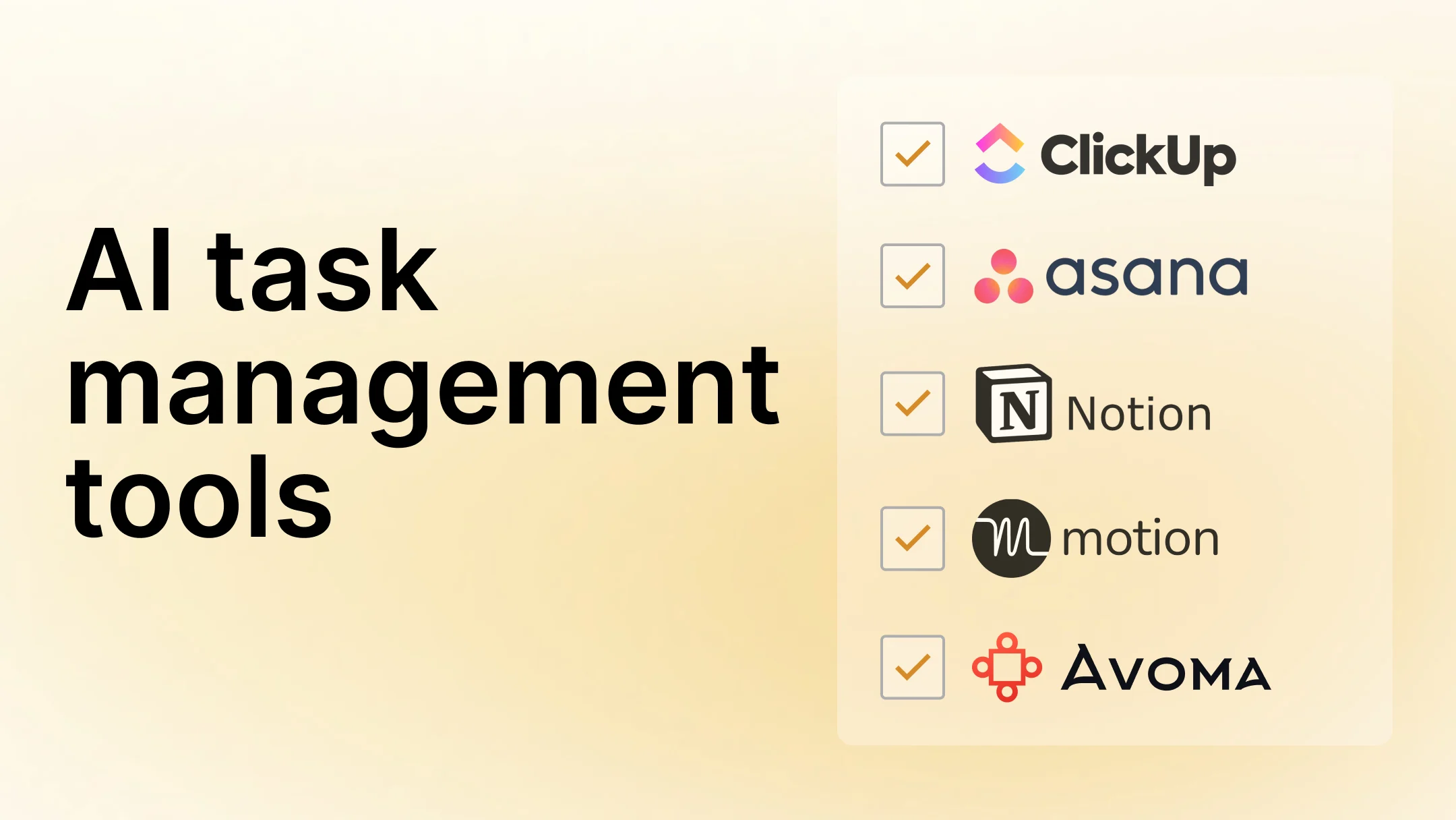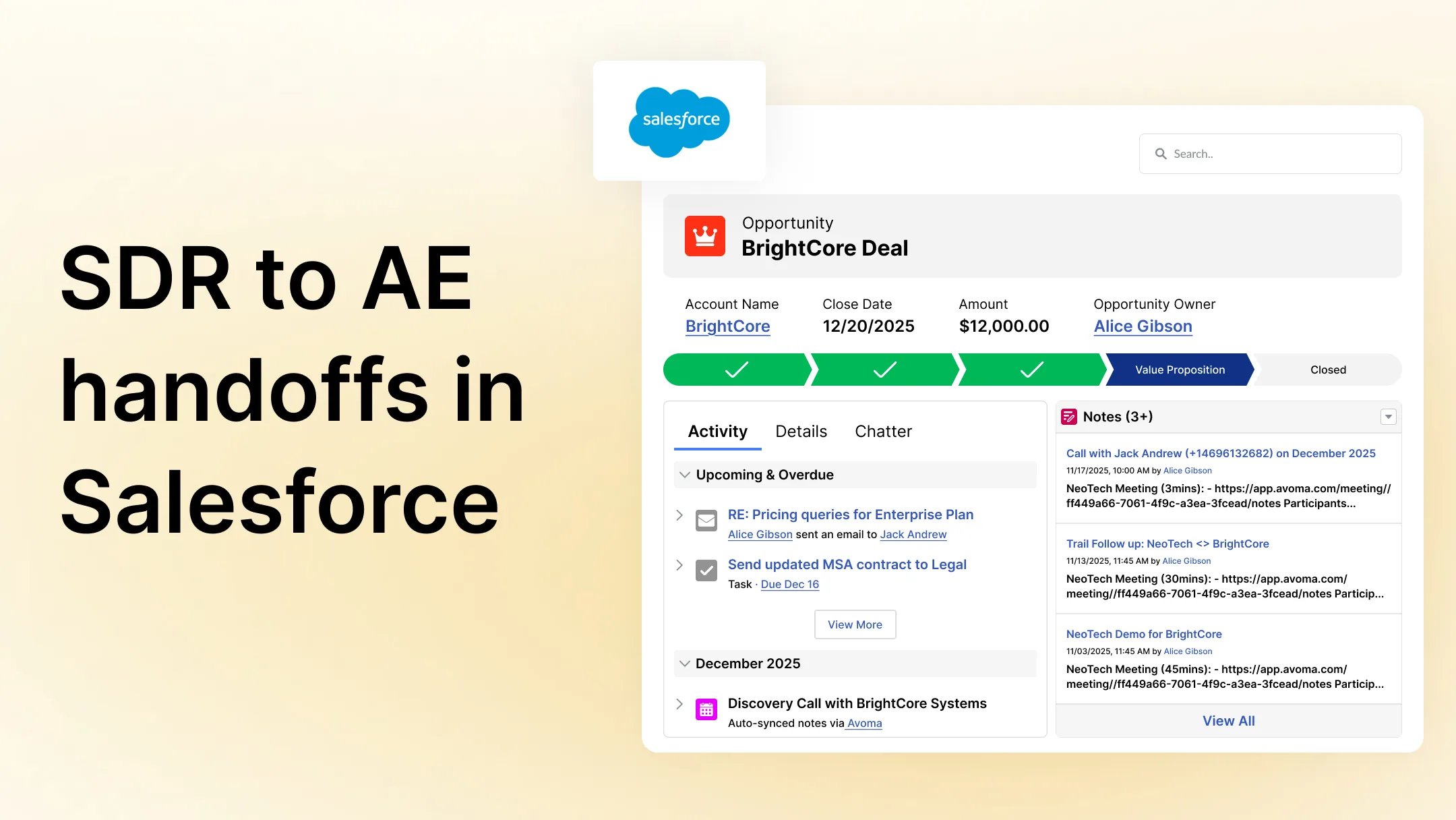An expert’s guide to lead scoring: boost your B2B sales process
Table of Contents:
.png)
The increasing number of leads from different marketing channels is a great first win. But the real work begins now—which leads should you reach out to or follow up on?
We live in a world where every lead looks promising, and finding the ones that can convert is tricky. Even after qualifying these leads, 70% are not ready to buy.
By the time you start reaching out to every lead manually, you may miss out on the ones with high conversion chances.
To handle this situation better, many successful businesses use lead scoring.
It is a strategy that eliminates the guesswork by ranking leads based on their unique needs and the potential value they bring. It also bridges the gap between marketing and sales so that the teams can focus on the best leads.
Implementing lead scoring from scratch is not an easy job. So, let’s start by understanding the basics and move on to covering different lead scoring methodologies, models, and techniques.
What is lead scoring?
Lead scoring is used by marketing and sales teams to evaluate the potential of leads. It assigns a numerical score to each lead based on their engagement level, demographic information, and other criteria. This process effectively ranks leads, helping sales reps focus their efforts where they're most likely to succeed.
Lead scoring can help your sales reps in many ways.
It not only identifies sales-ready leads but also enables you to uncover hidden sales opportunities by highlighting leads with the highest potential. It also helps you efficiently handle large volumes of leads, making the sales process more manageable and effective.
How to score leads
When it comes to implementing a sales lead scoring system, there's more than one way to tackle it. In this section, we'll look at three specific methods: manual lead scoring, logistic regression lead scoring, and predictive lead scoring.
Each lead-scoring method adopts a unique approach to assess and prioritize leads.
Manual lead scoring
Manual lead scoring involves assigning points to leads based on criteria like engagement level and personal details. Sales and marketing teams determine which attributes are important, such as website activity or response to marketing efforts, and allocate scores accordingly. Higher scores usually indicate a lead more likely to convert.
A typical manual lead scoring process follows the below steps.
- Defining criteria: Identify the attributes that matter most in your leads, such as demographic details, online behavior, or engagement with marketing materials.
- Assigning scores: Allocate points to each attribute based on its perceived importance. For instance, a lead who has requested a demo may score higher than one who has only subscribed to a newsletter.
- Setting thresholds: Establish a scoring threshold that indicates when a lead is ready for sales engagement. Leads scoring above this threshold are considered high-priority.
- Regular review and adjustment: Continuously monitor the effectiveness of your scoring system and adjust criteria and thresholds as needed.
While manual lead scoring can be effective, it does have its challenges. It can be time-consuming and may introduce subjectivity as different team members might have varying opinions on which attributes are most important. It also requires constant updating to stay aligned with dynamic market trends and customer behaviors.
Logistic regression lead scoring
Logistic regression lead scoring uses statistical analysis to predict the likelihood of a lead converting into a customer. It analyzes various lead attributes, such as demographic information and interaction history, to create a predictive model. The model assigns scores based on how closely leads resemble past successful conversions.
It identifies high-potential leads accurately as it is based on concrete data. However, the setup can be quite complex as it requires advanced analytical skills and access to comprehensive data to create and maintain accurate models.
Predictive lead scoring
Predictive lead scoring aids in accurate sales forecasting by using AI to predict the likelihood of leads converting into sales. It analyzes patterns in historical customer data and identifies common traits among those who made purchases.
This method automates the scoring process, thus allowing for more efficient lead prioritization without manual input. It adapts and improves over time, becoming more accurate as more data is collected.
However, it can be challenging initially due to the lack of historical data.
Five lead scoring models
While lead scoring methods focus on how we calculate a lead's potential, understanding different lead scoring models helps in customizing your approach to match your business's unique requirements.
These models go beyond mere calculation, diving into the characteristics and behaviors that make a lead valuable.
.png)
1. Purchase intent model
The purchase intent model focuses on gauging a prospect's likelihood of buying based on their online behaviors. This model tracks and analyzes actions that indicate a strong buying interest, such as frequent visits to product pages, downloading product-specific materials, or engaging with purchase-related content. The key is to identify and score actions that show a clear intent to purchase.
Consider a lead scoring example wherein a prospect repeatedly views pricing information or engages with a product demo. This suggests a higher purchase intent as compared to someone who’s merely browsing blog posts.
However, this model requires careful consideration to avoid overestimating a lead's readiness. It's crucial to balance scores with realistic expectations of the sales cycle.
While highly effective in pinpointing potential buyers, the purchase intent model can sometimes overlook leads in the early stages of interest, who may require nurturing before showing clear buying signals.
2. Firmographic and/or demographic model
The firmographic and demographic model in lead scoring assesses leads based on specific company or personal characteristics. For B2B businesses, firmographic data like company size, industry, and revenue plays a crucial role, while B2C companies often rely more on demographic information such as age, gender, and location. This model assigns scores to leads that match the ideal customer profile or buyer persona.
It helps in filtering out leads that don't fit the business's target market, ensuring that sales efforts are concentrated on the most promising prospects.
However, relying solely on this model can sometimes lead to missed opportunities. It may overlook potential customers who fall outside the predefined criteria but still have a genuine interest or need for the product or service.
3. Online behavioral model
The online behavioral model in lead scoring focuses on a lead's digital interactions with your brand. It tracks and scores various online activities, such as website visits, content downloads, and email engagements. This model assigns points for actions like visiting high-value pages (e.g., pricing or product pages), or downloading whitepapers.
Each action is scored based on its perceived value in indicating buying intent.
For example, a lead visiting the pricing page multiple times may receive a higher score than one who just browses a blog post. Frequent website visits or consistent engagement with emails can signal a deeper interest in your products or services, thus warranting a higher score.
This model allows businesses to gauge a lead's interest level and intent more accurately.
However, it requires robust tracking mechanisms and can sometimes misinterpret casual browsing as genuine interest, leading to overestimating a lead's readiness to purchase.
4. Engagement model
The engagement model in lead scoring assesses how actively a lead interacts with your brand. It's all about gauging interest through actions like email opens, social media interactions, webinar attendance, or content downloads. Each of these actions earns the lead points, reflecting their engagement level.
For example, a lead frequently opening marketing emails or interacting with your social media posts might score higher, indicating keen interest. In contrast, occasional or passive actions like a one-time visit to a blog might earn fewer points.
This model is particularly useful in distinguishing between casually interested leads and those genuinely considering a purchase.
The challenge lies in accurately interpreting these interactions. Balancing the scoring to reflect true engagement without overestimating interest is key to making this model effective.
5. Negative scoring attributes
Negative scoring attributes in lead scoring are about recognizing signals that a lead is less likely to convert. This method involves deducting points for certain behaviors or characteristics that suggest a lead’s disinterest or irrelevance.
For instance, if a lead unsubscribes from your email list or frequently visits your careers page, these actions could indicate they’re not a potential customer.
Similarly, if their job title or company size doesn’t align with your target market, subtracting points helps refine lead quality.
7 tips for effective lead scoring
Effective lead scoring goes beyond just understanding the basics. Below are six tips to fine-tune the lead scoring process for maximum efficiency and impact:
Establish clear criteria for sales qualification
This involves identifying specific actions or attributes indicating a lead’s readiness to buy. Factors like a lead's engagement with high-value content, interactions indicating purchase intent, or fitting perfectly into your ideal customer profile should influence their qualification status. Regularly reviewing and adjusting these criteria ensures they stay aligned with evolving market dynamics and your business goals.
Keep negative scoring in mind
Negative scoring helps balance your lead evaluation by deducting points for actions that indicate disinterest or non-alignment with your target audience. This includes actions like unsubscribing from emails, visiting non-relevant web pages, or having a job title outside your target market. Regularly reviewing negative scoring criteria is important to ensure they accurately reflect lead engagement and interest levels.
Customize lead scoring models for each product
If your business offers multiple products or services, tailor lead scoring models to each one. Different products often appeal to varied customer segments with distinct behaviors and needs. Customizing models ensure that leads are scored and prioritized based on the most relevant criteria for each product, enhancing the chances of conversion.
Assign points to every action and attribute
Assigning points to various lead actions and attributes helps quantify their engagement and fit. This quantification makes it easier to compare and prioritize leads. Actions like downloading a whitepaper, attending a webinar, or engaging with emails should be assigned points based on their significance in indicating buying intent.
Create a lead scoring threshold alert
Set up a system where sales are automatically alerted when a lead reaches a certain scoring threshold. This ensures timely follow-up with high-potential leads. It's a practical approach to manage lead flow effectively and allows sales teams to concentrate their efforts where they’re most likely to yield results.
Talk to your sales teams and customers
Sales teams can provide insights on which leads convert more frequently, while customers can offer perspectives on what influenced their buying decision. This feedback refines scoring models to be more aligned with actual sales patterns and customer preferences.
Add lead scoring in different stages
New prospects and existing customers exhibit unique behaviors, which calls for different lead scoring models. For new leads, you can focus on initial engagement indicators like website activity and content interactions. For existing customers, look for usage patterns, support interactions, and responses to upsell or cross-sell efforts. This can help you to evaluate and nurture each group better.
Enhanced sales efficiency and targeting with Avoma
Implementing an efficient lead scoring system isn't just about setting criteria and assigning points. It should ensure that your high-scoring leads are quickly and correctly routed to the appropriate sales team member.
You can use lead routing software that can integrate with different CRM platforms to automatically direct leads to the right representative based on their scoring.
To get started, you can try Avoma’s lead routing scheduler where you can integrate with Hubspot forms, set up lead routing rules, and assign leads to sales reps automatically. This optimizes your sales process, making sure high-potential leads get the attention they need promptly.
Frequently Asked Questions






What's stopping you from turning every conversation into actionable insights?









